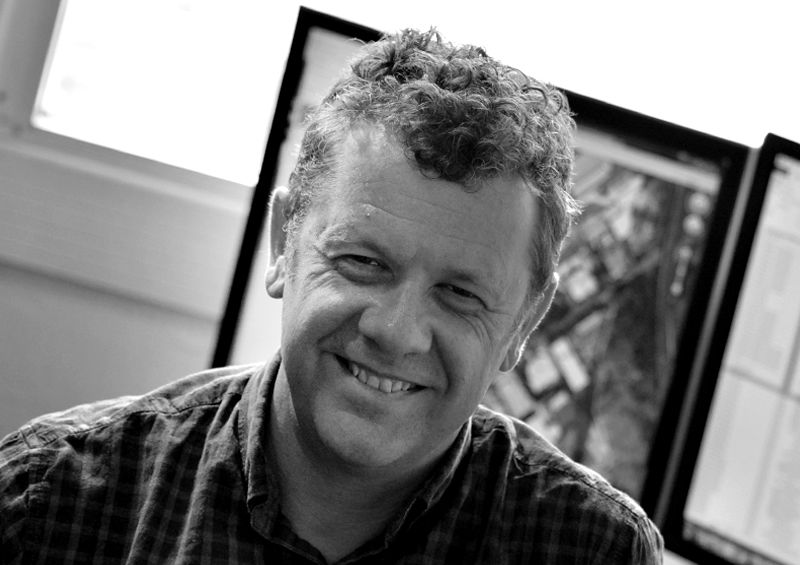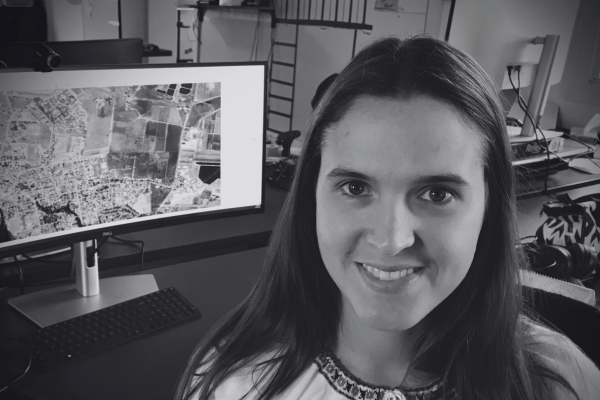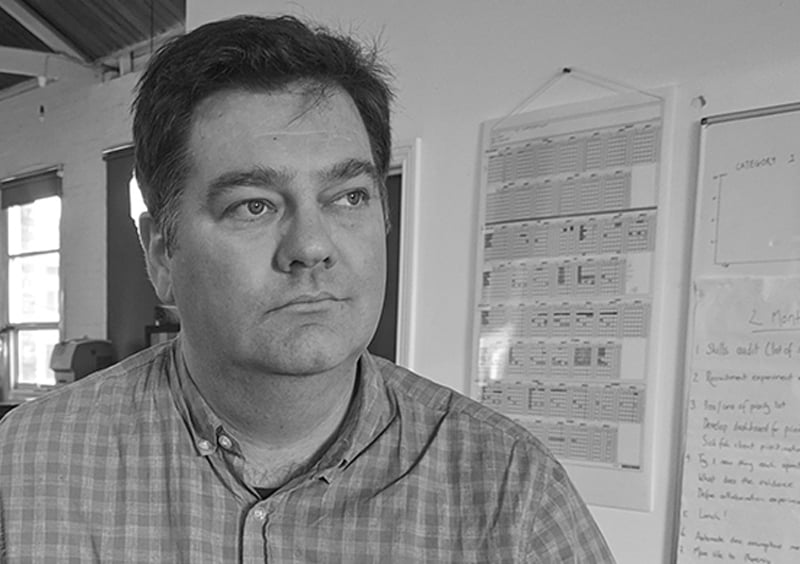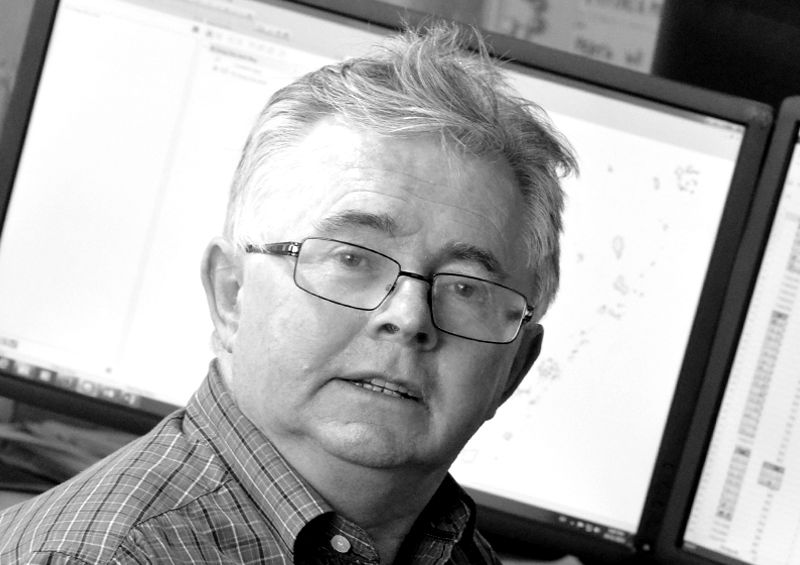The population and housing forecast for the Ballarat and North West region
SA4s in region:
- Ballarat
- North West
Version: 5.1.0
Read forecast analysis and insights for the Ballarat and North West region from Australia's largest independent population forecasting team.
Detailed forecasts are available for this region
Our premium services give you detailed forecast information for this region to help you invest in the right place, at the right time.
- Forecasts by age and sex
- Single-year forecast periods
- Custom local area geography
- Forecasts of housing and development
Menu
Read the insights and analysis behind our population and dwellings forecasts for the Ballarat and North West region.
About the Ballarat and North West region
The Ballarat and North West region comprises two SA4s, Ballarat and North West. This region is forecast to account for 2% of the total population growth of Victoria between 2021 and 2046.
The Ballarat SA4 contains the city of Ballarat itself along with surrounding towns like Ballan, Daylesford, Maryborough, Avoca, and Beaufort. Most of the growth of this area is seen in the greenfield areas of Ballarat, along with new fringe growth areas of Bacchus Marsh.
The North West SA4 is the largest geographically in Victoria, it spans the Western Freeway from Ararat through Stawell, Horsham, and Nhill to the South Australian border, and goes north to the Murray River encompassing Kerang, Swan Hill, and Mildura.
Key findings
Ballarat
Over the forecast period the Ballarat SA4 population will grow from 173,200 in 2021 to around 237,000 people in 2046, a growth rate of around 37%. This growth is predominantly focused around the greenfield growth areas of Ballarat such as the Alfredton, Delacombe, and Wendouree - Miners Rest SA2s. With many of these areas already underway this puts pressure on future urban release areas in Ballarat to be released to accommodate this growth.
The largest increase in development activity and population growth is within the Delacombe SA2 which sees its population grow from around 10,600 in 2021 to almost 35,000 people in 2046. This is due to the fast-developing greenfield areas that sit within the Ballarat West PSP, and the future Western Growth Area. There is still a significant amount of capacity within the Ballarat West PSP to go out until the early 2030s inclusive of areas that also sit within the neighbouring Sebastopol - Redan SA2. The opposite is true within the Alfredton SA2 with the Alfredton West PSP (Lucas) almost fully exhausted, this sees a constraint in the growth that can occur in this region before the future Western and North-Western Growth Areas are released.
Sequencing fringe growth in Ballarat
Oliver explains how we have assessed the timing and sequence of forecast greenfield development around Ballarat.
To the south of the Ballarat LGA in the Smythes Creek SA2, there is the Cambrian Hill Investigation Area which is within the Golden Plains LGA. This area would effectively be an extension of the growth fronts to the south of the Ballarat LGA. The development in this area sees the Smythes Creek SA2 population more than double from 4,200 to around 8,900 by 2046.
Within the Moorabool LGA in the Bacchus Marsh Surrounds SA2 the discovery of the critically endangered Victorian Grassland Earless Dragon will delay the starting of the Parwan PSP significantly. As this is the only major growth front of this SA2 this sees a delay in the expected population growth of the area.
North West
Despite being the largest SA4 geographically, the North West SA4 sees minimal growth over the forecast period - an increase of only 2,400 people (a 1.58% growth in population). This is due to factors such as it being a predominantly rural SA4 with most rural areas seeing significant population decline as younger age groups move out of the area, leaving older age groups ageing in place. These declines are somewhat counteracted by the growth of main towns within the SA4 like Ararat, Horsham, and Swan Hill which all see population increases, but mostly by the regional centre of Mildura which sees the largest increase in population.
Mildura is the largest centre in the Mallee Region also servicing communities cross border into NSW's Murray Region, and SA's Riverland Region. It therefore attracts families and homebuyers from the region looking for jobs and services. Mildura's main growth front is found in the Mildura - South SA2, which sees its population grow 35% from 16,400 in 2021 to 22,200 in 2046. Mildura - North SA2 predominately sees infill growth, as this is a mostly established area, growing by 500 people to just under 18,600 by 2046. The surrounding areas of Mildura which are an extension of its growth also see population increases: Irymple SA2 by 11.66% to just under 18,600 people, Merbein SA2 by 7% to 5,300 people, and Red Cliffs SA2 by 6.05% to 6,500 people. This sees the combined population of the Mildura area grow from 53,200 in 2021 to just under 61,200 by 2046, a growth of 14.81%.
The only other area that grows its population significantly within the forecast is the Horsham SA2, which grows steadily by 9.92% from 16,900 people in 2021 to 18,600 by 2046. This is due again to it being a major town within the area, attracting people from the surrounding rural areas, and to a lesser extent Greater Melbourne.
What share of Australia's growth will occur in Victoria?
We set the context for our local area forecasts with a presentation of our state- and regional-level forecasts for Victoria.
Access the presentation slides (including our forecast data for each region), and a short recap or the full webinar presentation on-demand. Learn what's driving change and how much growth will go to each region of the state over the 25 years to 2046.
Forecast results
The following forecast information presents the combined numbers for the Ballarat and North West SA4s.
Learn more about the different options to access these forecasts for Local Government Areas (LGAs), suburbs, custom catchments or the entire state or nation here.
| 2021 | 2026 | 2031 | 2036 | 2041 | 2046 | |
| Forecast Population | 328,465 | 344,459 | 356,576 | 368,399 | 381,095 | 394,474 |
| Change (five year) | - | 15,994 | 12,117 | 11,823 | 12,697 | 13,379 |
| Average Annual Change (%) | - | 0.96% | 0.69% | 0.65% | 0.68% | 0.69% |
| Forecast Dwellings | 153,747 | 164,659 | 173,166 | 181,755 | 190,842 | 200,587 |
| Change (five year) | - | 10,912 | 8,507 | 8,589 | 9,087 | 9,745 |
| Average Annual Change (%) | - | 1.38% | 1.01% | 0.97% | 0.98% | 1.00% |
1 national forecasting program.
6 ways to explore.
![]()
forecast.id
Plan for the changing needs of your community with a trusted forecast of population and housing in your Local Government Area, published in an accessible online tool.
![]()
forecast.id premium
Bring the full power of our National Forecasting Program into your organisation. We'll work with you to tailor a data partnership supported by briefings from our experts.
![]()
forecast.id partners
Our pay-per-download program gives our consulting partners instant access to reliable and respected forecast information on a project-by-project basis.
![]()
forecast.id hotspot report
Find a location near the people you serve with a tailored report that identifies up to ten locations with the highest number of people in your target demographic.
![]()
forecast.id location report
Whether you're investing in a new location or checking your current strategy is on track, forecast.id location reports quantify future demand around a known location.






.png?width=600&height=400&name=Meet%20the%20team%20%20Oliver%20Bowering%20(1).png)
